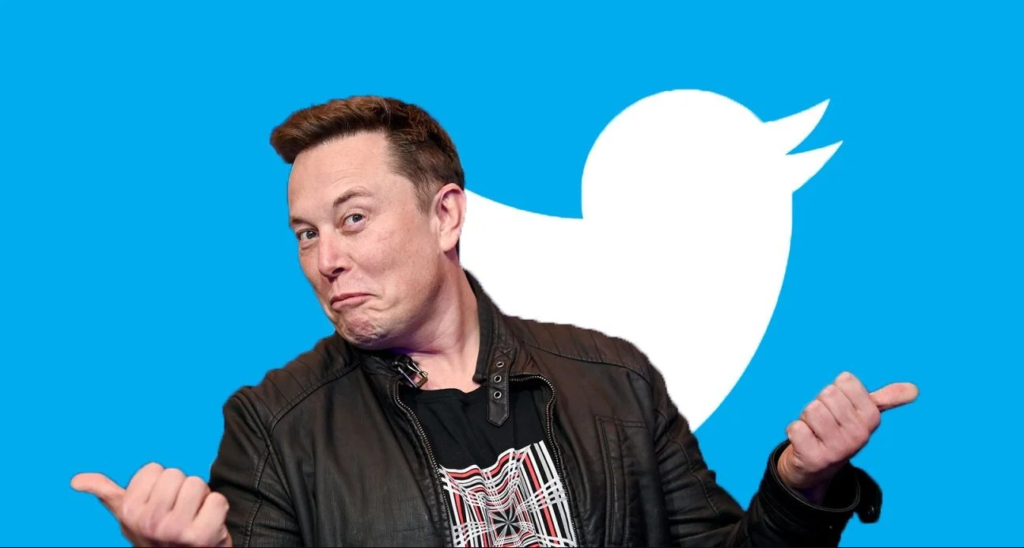|
Getting your Trinity Audio player ready...
|
The New York Times has lost its blue tick on Twitter after it refused to pay for Twitter verification. The social media platform recently announced that verification badges, which were once used to show official, verified accounts, would be part of a paid subscription service starting from April 1st. Twitter has already started removing blue ticks from accounts that have not paid for the service.
Several organizations and celebrities, including The New York Times, said that they would not pay for the verification tick. In response, Elon Musk, who owns Twitter, launched a volley of insults at the newspaper on the platform. He wrote, “The real tragedy of @NYTimes is that their propaganda isn’t even interesting. Also, their feed is the Twitter equivalent of diarrhea. It’s unreadable.”
Under Twitter’s new rules, organizations seeking verification badges must pay a monthly fee of $1,000 (£810) to receive a gold verification tick, while individual accounts must pay $8 (£6.40) a month for a blue tick. The subscription service will generate revenue for Twitter. However, concerns have been raised that without the verification process, it will be difficult to tell genuine accounts from impersonators.
The New York Times has almost 55 million Twitter followers, and its decision not to pay for verification led to the loss of its verification badge. It also said that it would not pay for the verification of its journalists’ Twitter accounts, except in rare instances where it would be essential for reporting purposes.
It is unclear whether all organizations must sign up for the subscription service to remain verified. The New York Times reports that 10,000 of the most-followed organizations on Twitter will be exempt from the rules, citing an internal Twitter document.
Many news organizations, including CNN, the Los Angeles Times, and the Washington Post, have already received gold verification ticks, and other New York Times accounts, such as New York Times Arts and New York Times Travel, also have the gold badge.
Twitter’s removal of blue ticks seems to be happening gradually, possibly because it is largely a manual process, according to former employees of the company cited by The Washington Post.
Celebrities such as American basketball great LeBron James, who said that he would not be paying for Twitter verification, still have a blue tick. The same is true of US rapper Ice-T, who has also criticized the new fee-paying system.
There has been no official comment from Twitter regarding the New York Times’ loss of its blue tick, and the newspaper has not responded to Elon Musk’s comments.
While the New York Times is not the only organization refusing to pay for Twitter verification, it is one of the most high-profile. The move has raised concerns among journalists and media commentators about the impact that the new subscription service will have on the credibility of Twitter.
Twitter verification was originally introduced to help users identify accounts that were legitimate and not fake or impersonated. The blue tick badge was used to show that an account had been verified as genuine, with the user’s identity confirmed by Twitter.
The new subscription service, which will charge users for verification badges, has sparked controversy, with many users questioning the decision to monetize the verification process. Critics argue that Twitter’s decision to charge for verification badges will make it more difficult for people to trust the platform and identify genuine accounts.
The New York Times has not commented on whether it will reconsider its decision not to pay for Twitter verification in the future. However, the loss of its blue tick has highlighted the challenges facing media organizations and journalists as they navigate the changing landscape of social media and online communication.
As Twitter continues to evolve, it remains to be seen how the platform will balance the need for revenue with the need to maintain the trust and credibility of its users.


